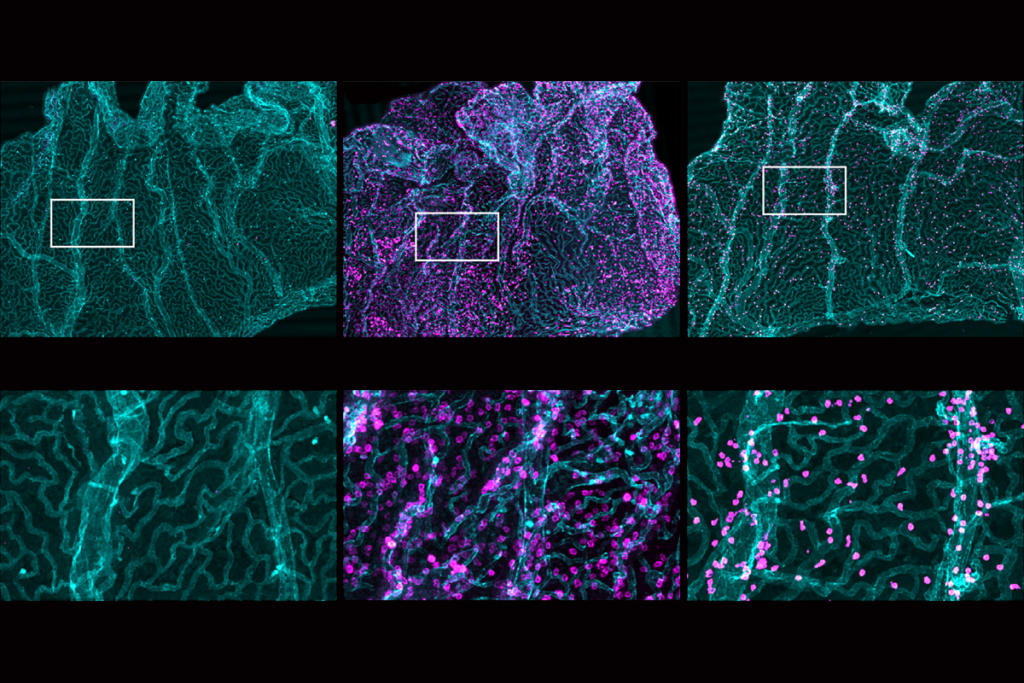Maribel Patiño is a psychiatry resident in the research track at the University of California, San Diego (UCSD). She earned her M.D. and Ph.D. in neuroscience through the UCSD Medical Scientist Training program. She conducted her thesis research at the Salk Institute for Biological Studies under the guidance of Edward Callaway. Through the BRAIN Initiative, she developed Single Transcriptome Assisted Rabies Tracing (START), neurotechnology that integrates transcriptomics with viral tracing tools to study cortical connectivity at a more granular resolution. Patiño aims to combine her training in psychiatry and neuroscience to explore the biological foundations of psychiatric disorders. She co-administers the CoB-KIBM Scholars Program in collaboration with the UCSD Kavli Institute for Brain and Mind, which offers a paid summer research experience to undergraduates from historically marginalized and excluded backgrounds in neuroscience.

Maribel Patiño
Psychiatry resident
University of California, San Diego
From this contributor
Selected articles
- “ A trainee-informed model for undergraduate neuroscience research programs serving marginalized students” | Nature Neuroscience
- “Transcriptomic cell type specificity of local cortical circuits” | Neuron
- “Postsynaptic cell type and synaptic distance do not determine efficiency of monosynaptic rabies virus spread measured at synaptic resolution” | eLife
- “Single-cell transcriptomic classification of rabies-infected cortical neurons” | PNAS
- “Bridging the gap: Advancing Latine representation in child and adolescent psychiatry amidst US demographic shifts” | Journal of the American Academy of Child and Adolescent Psychiatry
Explore more from The Transmitter
Hessameddin Akhlaghpour outlines how RNA may implement universal computation
Could the brain’s computational abilities extend beyond neural networks to molecular mechanisms? Akhlaghpour describes how natural universal computation may have evolved via RNA mechanisms.
Hessameddin Akhlaghpour outlines how RNA may implement universal computation
Could the brain’s computational abilities extend beyond neural networks to molecular mechanisms? Akhlaghpour describes how natural universal computation may have evolved via RNA mechanisms.
Immune cell interlopers breach—and repair—brain barrier in mice
The choroid plexus, the protective network of blood vessels and epithelial cells that line the brain’s ventricles, recruits neutrophils and macrophages during inflammation, a new study shows.

Immune cell interlopers breach—and repair—brain barrier in mice
The choroid plexus, the protective network of blood vessels and epithelial cells that line the brain’s ventricles, recruits neutrophils and macrophages during inflammation, a new study shows.
Grace Hwang and Joe Monaco discuss the future of NeuroAI
Hwang and Monaco organized a recent workshop to hear from leaders in the field about how best to integrate NeuroAI research into the BRAIN Initiative.
Grace Hwang and Joe Monaco discuss the future of NeuroAI
Hwang and Monaco organized a recent workshop to hear from leaders in the field about how best to integrate NeuroAI research into the BRAIN Initiative.
